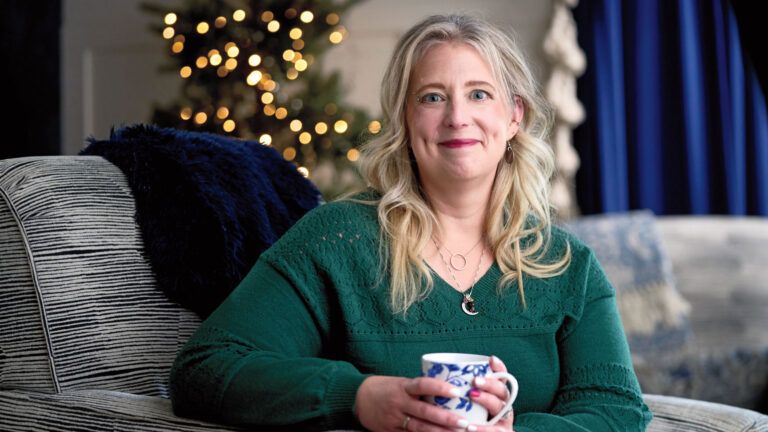“I worked on myself to [always] look at things in a positive light,” Rabbi Menachem Mendel Schneerson is quoted as saying in Positivity Bias, the new book published by Chabad Lubavitch, the Hasidic Jewish sect he led before his death 25 years ago. “Otherwise,” he adds, “I would not have survived.”
Positivity Bias is a collection of teachings and anecdotes from the long life of Rabbi Schneerson, who was referred to with the honorific title “Rebbe” by his followers. Throughout each lesson lies this simple but powerful idea that positivity, hope and optimism are literally tools for survival.
Schneerson himself survived many of the 20th century’s most terrible moments, including pogroms (raids on Jewish homes and businesses in Eastern Europe), World War I, the rise of communism and, of course, the murder of millions of Jews and others during World War II.
Out of this trauma, Schneerson inspired a movement that is unique among Hasidic sects in its engagement with the broader society. Politicians of all stripes visited the Rebbe for counsel and wisdom, and hundreds of people from diverse backgrounds lined up each week to receive the dollar bills (intended to use for charity) and blessings he famously distributed for hours on end.
Positivity Bias contains many fascinating details of the Rebbe’s life, but readers do not need to be Jewish to feel bolstered by its message that within each person is a birthright of joy, goodness, faith and love.
The book’s title is a play on the psychological term, the “negativity bias,” which holds that even when events, thoughts or observations are equal in their intensity, the brain is drawn toward those that are more negative. It’s sort of the “squeaky wheel” theory of psychology.
Schneerson taught that the opposite, a “bias” toward positivity and hope, is not only achievable, it is crucial to the work of both surviving and thriving in a complicated world.
Mendel Kalmenson, the writer who curated Schneerson’s teachings into Positivity Bias, summarizes this premise in a way that should resonate with all who pursue a path of authentic positivity.
“The ultimate goal is not to completely avoid or remove all challenges or conflicts in one’s life,” he writes. “That…would not even guarantee our happiness, because so much depends on our perspective in relation to our actual circumstances.
It is, however, within our power to ‘cultivate attitudes’ in order to process and integrate all of our experiences, including the negative, in a way that liberates rather than limits our potential for success and happiness.”
What would a “positivity bias” look like in your life?





